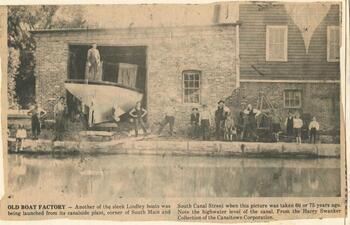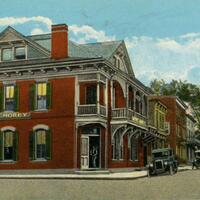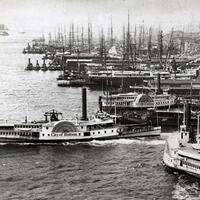Early Canastota Collection
Collection Owner:
Cover Image:

Old boat factory on the bank of Erie Canal - Image Source
Collection Facts
Extent:
19
Dates of Original:
c. 1860 - 1910
Browse within this collection
Browse similar collections
NYH Topic Areas:
Collection Type:



